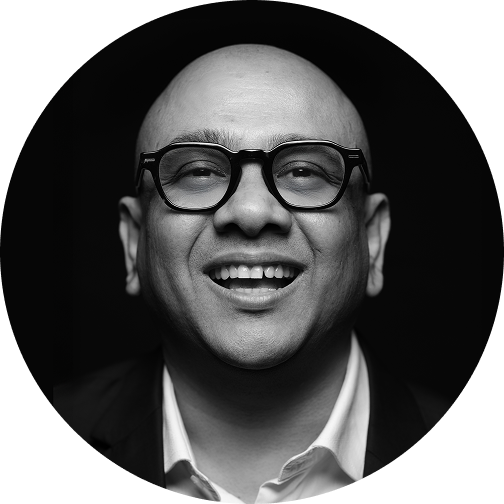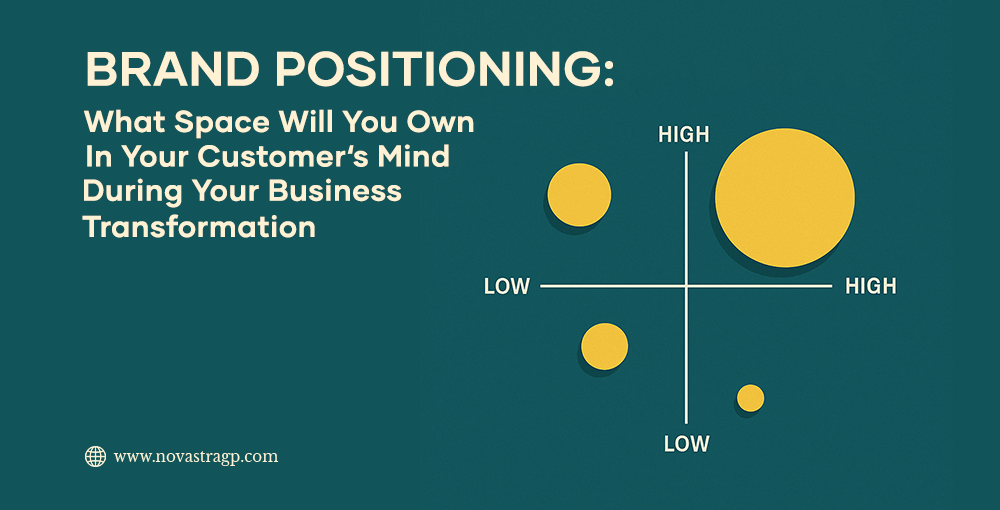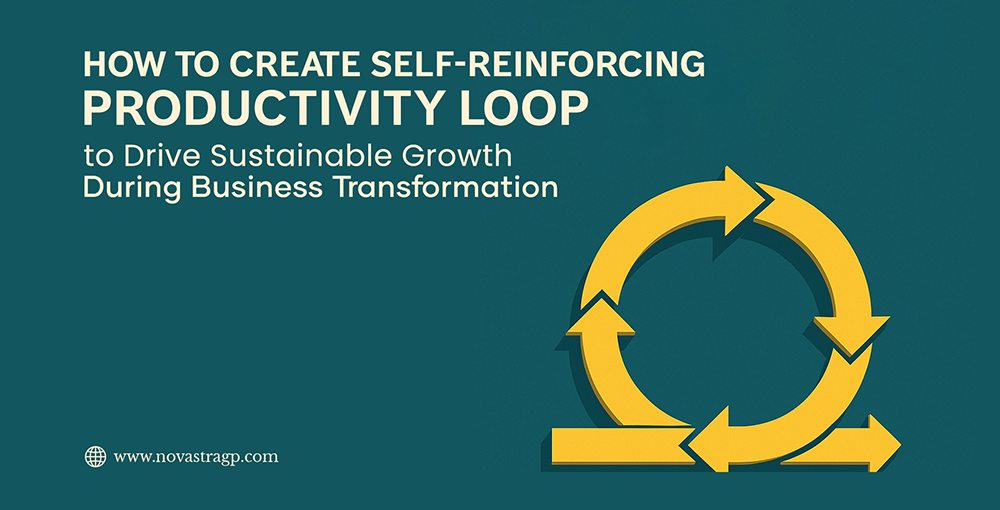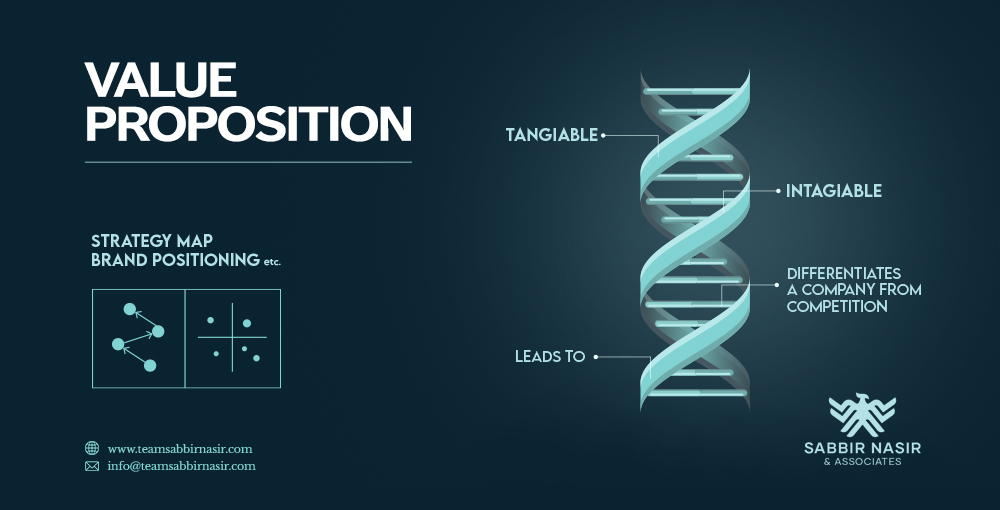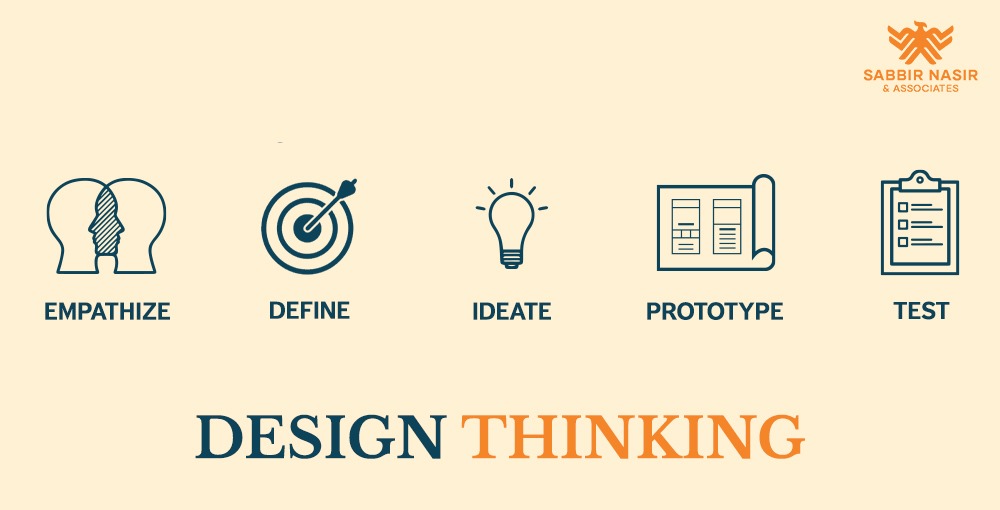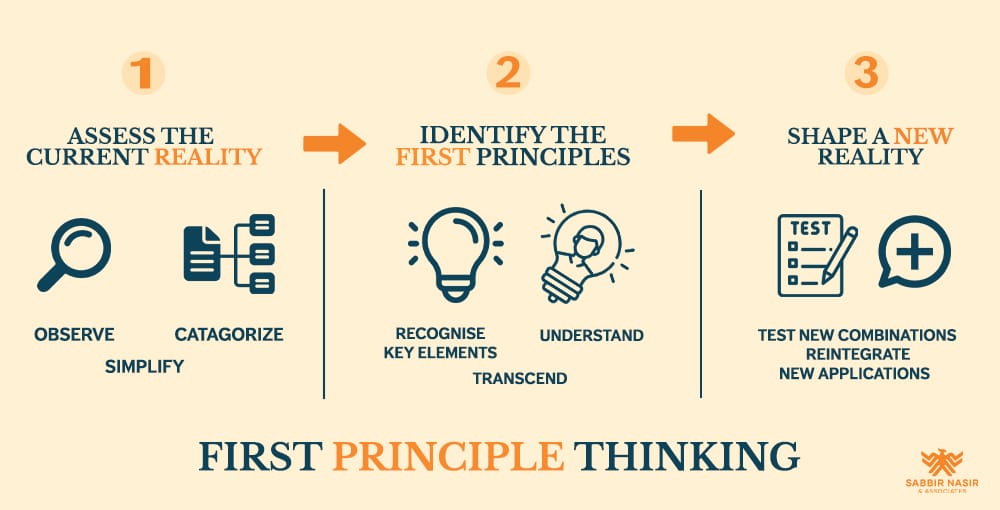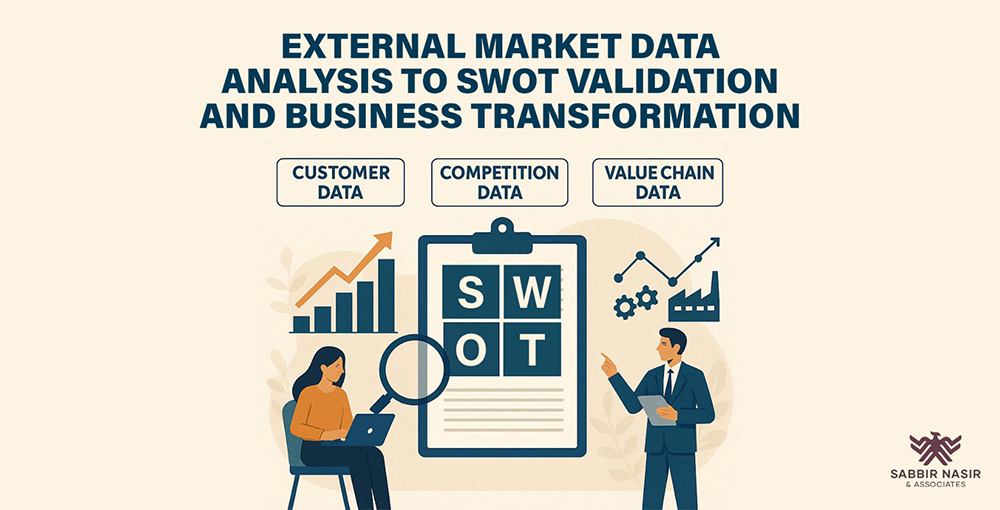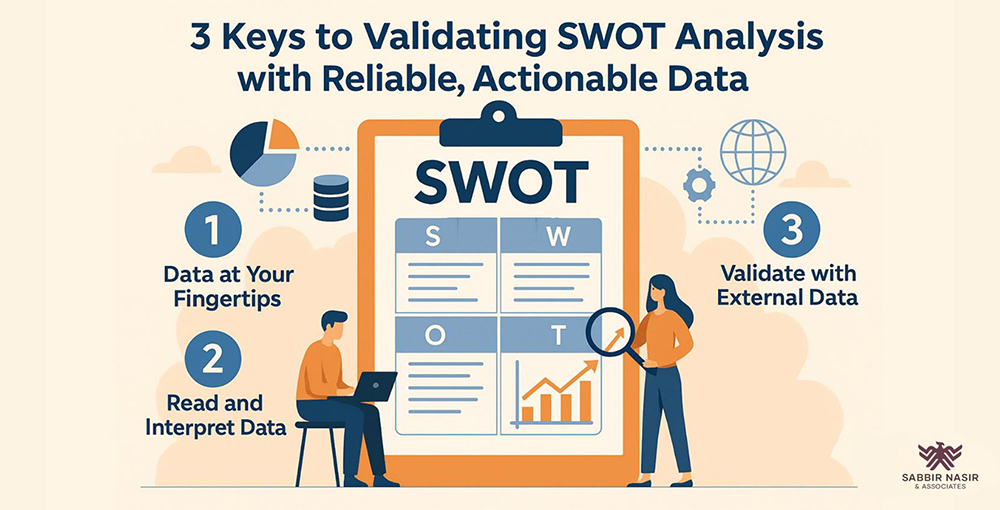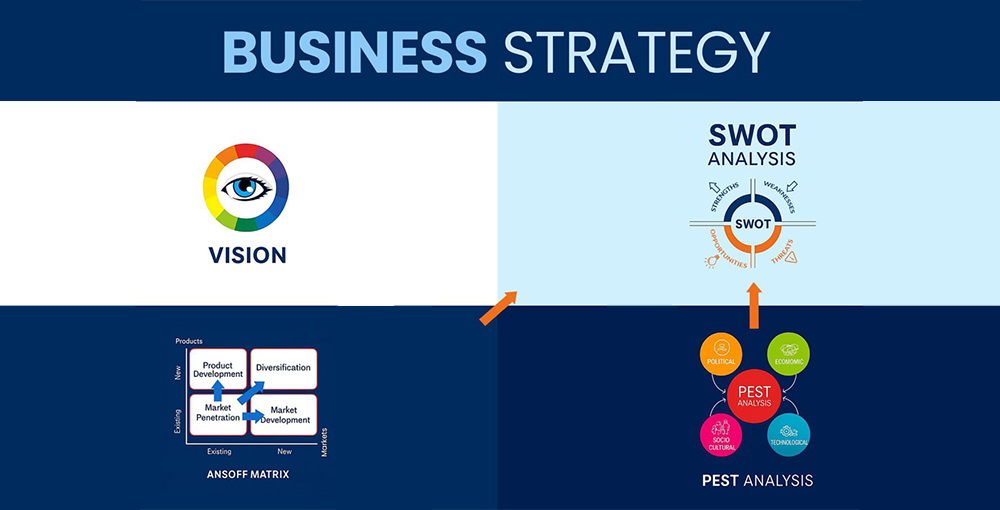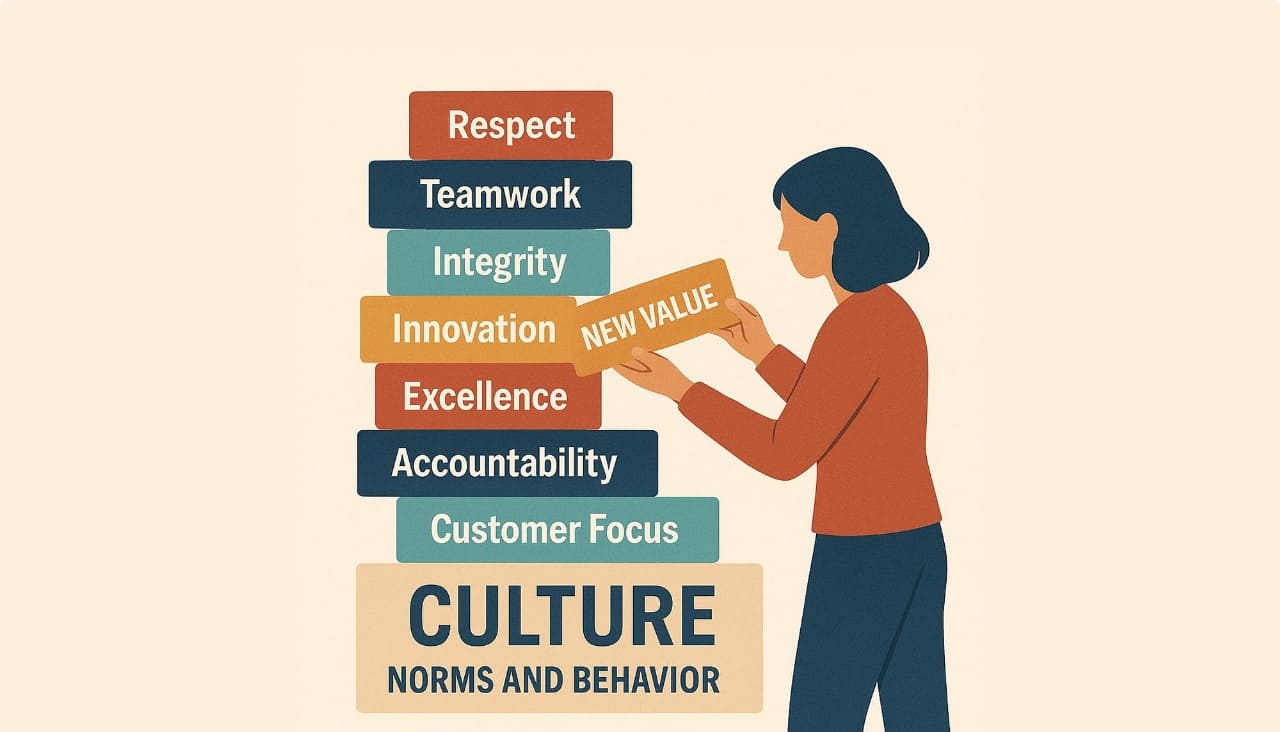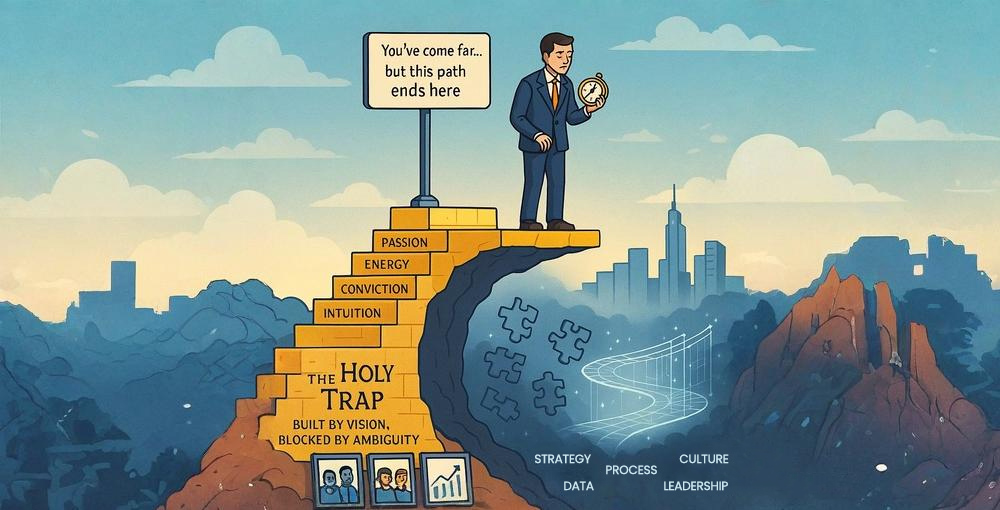Business Transformation Must Begin with a Clear Vision: A Real-World Success Story
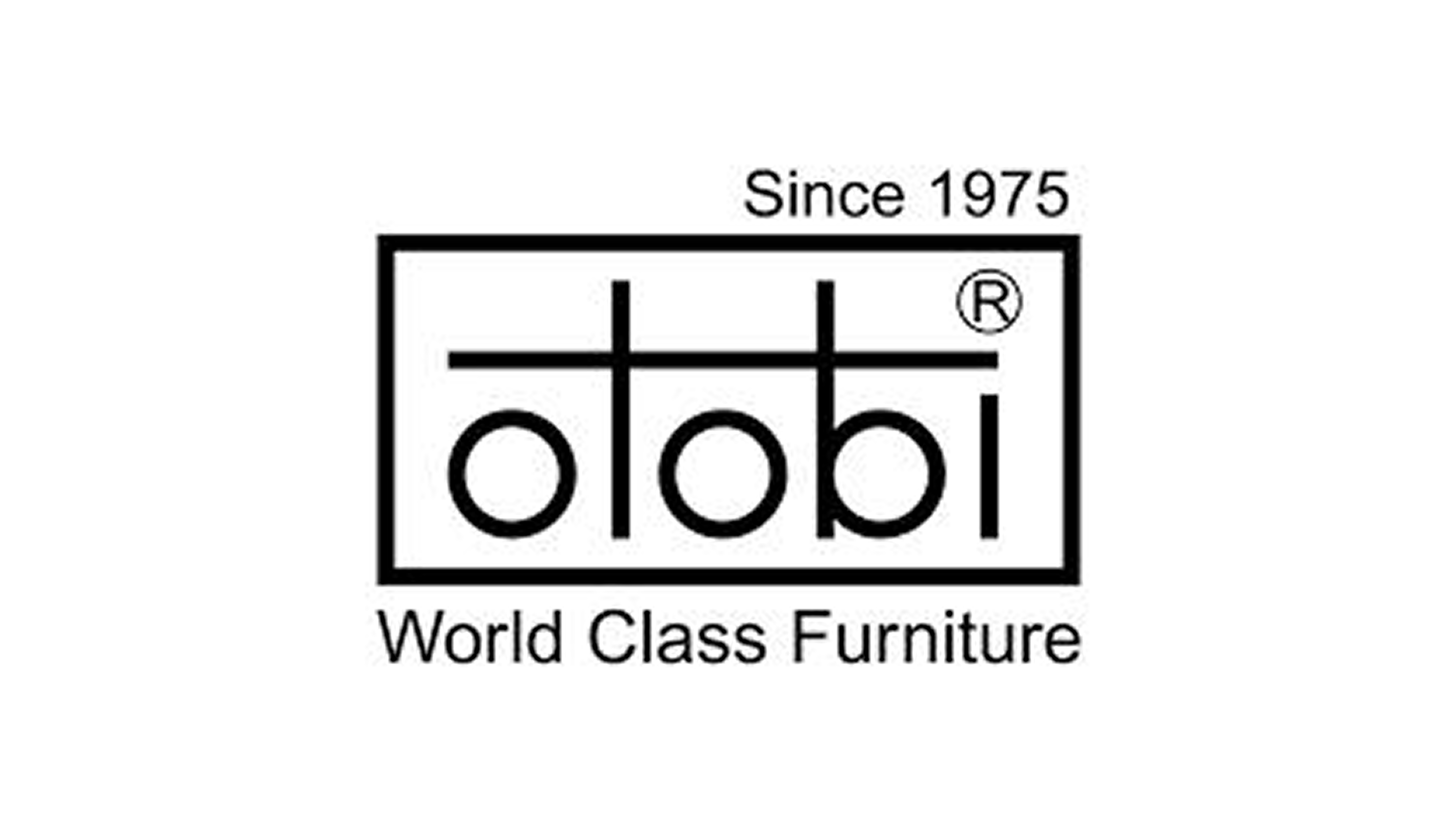
Summary: Founder-led companies that achieve early success often become stuck with no clear path forward. The first step to sustainable growth and scalability is clarifying the company vision. In this article, we discuss key considerations when articulating the vision, and how Otobi ignited its business transformation journey by moving from clutter to clarity.
In a previous article, I explained how founder-led companies often find early success due in large part to their own determination and passion. While this achievement is impressive and should be honored, these companies often struggle to build on their early success.
They get stuck in the Holy Trap. Although the business is doing well, growth has stagnated and the path forward is uncertain.
I also introduced the Sabbir Nasir Transformation Framework (SNTF), a proven business transformation model that helps companies break free from the paralysis of the Holy Trap and scale to $100 million and beyond.
The first step is clarifying the vision for the company in a way that’s both aspirational and practical.
Key Considerations to Articulating Your Vision
While a company’s original vision is often born from a dream, and the dream will always be a source of inspiration, the vision must be grounded in pragmatism.
The good news is that parts of your vision’s foundation are already in place. You have core competencies. You have a strong team. You may have valuable infrastructure and assets.
The business is far from broken. You just need to eliminate clutter and confusion that cloud your vision for what you want your business to be, where you want it to go, and how to get there.
The articulation of a clear vision, one that is exciting and meaningful to you and your team, is absolutely essential to business transformation.
Once you have established a clear vision, you can move through steps of the SNTF that enable you to emerge from the Holy Trap, including the articulation of values, framing of strengths, weaknesses, opportunities and threats (SWOT analysis), and understanding relevant market data.
Clarity in vision, however, must come first.
Here is the story of Otobi, a Bangladesh-based furniture manufacturer and retailer that achieved early success but had stagnated. Addressing conflicting visions within the founder’s family and articulating a clear vision put the company on a path to resounding success.
Otobi: How a Clear Vision Sparked a Remarkable Business Transformation
When I met the founder of Otobi, he was struggling with existential angst. Although Otobi was very successful, he had dreams of becoming a painter and teaching visual arts as a university professor.
These conflicting internal visions about himself – leading a financially successful furniture company vs. feeding his passion as an artist – manifested as frustration and dissatisfaction, which trickled down to the rest of the organization.
I sat down with him to understand where he saw his company and himself in the future. These conversations uncovered three different visions for Otobi.
Vision 1: The Brand Will Die
The founder expressed fear about his legacy due to uncertainty about what would happen to Otobi after he was gone. He believed that when he died, the company would die.
He did not want the company to die. That was an unacceptable outcome. So I asked what he truly wanted for the company.
Vision 2: Museum-Worthy Furniture
The painter inside him wanted to offer unique, artistically designed furniture. He wanted stores to resemble an art exhibit or museum, where people would marvel at the furniture’s beauty.
His daughter, an architect, supported this vision, believing her father should stay true to his artistic passion.
Vision 3: High-Efficiency, Affordable Furniture
The conversation then shifted to a pragmatic assessment of the current state of the business. The founder had not designed anything thus far. He was skilled at manufacturing furniture efficiently and adapting someone else’s designs to suit local consumers.
I asked if he would be open to building a furniture retail brand focused on efficiency, affordability, and making his furniture accessible to more families and businesses across the country and beyond.
The founder said that he liked this idea. Deep down in his heart, I knew he did not like it. Although this approach had the greatest potential in terms of scalability and revenue, it conflicted with the artist inside him.
His daughter was furious with me over this idea. His son, who had an economics background, believed this vision made sense.
Instead of forcing a decision of such magnitude, the family needed time to reflect and consider where they wanted to take their business.
From Clutter to Clarity in Vision
After giving the family space, we sat down together and continued to have an open, honest dialogue. These conversations would sometimes get emotional, but they were also practical and productive.
The family eventually realized that to simply survive, support their team, and preserve the father’s legacy, the third vision represented the best path forward.
The vision focused on manufacturing and selling straight-line furniture for homes and offices, not just in Bangladesh, but around the world. The goal was to build a global retail brand driven by efficiency, lean operation, and low-cost yet stylish furniture.
I asked the family, “Does this excite you?”
They responded, collectively, “Yes.” They believed this was the path forward for Otobi.
Once the vision was clearly articulated, we moved through additional steps and phases in the SNTF. Finding clarity in the vision was an essential first step to business transformation.
Quantifying Otobi’s Business Transformation
Otobi would go on to become the largest furniture manufacturer and retailer in Bangladesh, and one of the country’s most admired brands, while expanding internationally.
In five years, Otobi:
Grew from 100 to 500 retail outlets.
Increased revenue from USD $19 million to $71 million.
Established overseas operations with 16 Indian franchisees.
Won Best Brand Award {from who?} for four consecutive years.
Created an immersive, theatrical experience for children.
Established the largest furniture manufacturing facility in Southeast Asia.
The story of Otobi proves that business transformation does not happen overnight. It requires deep reflection. It requires mental, emotional, and soulful commitment. It requires analysis of every area of the organization.
And it all starts with a clear vision.
We would be honored to walk with you on your transformational journey. To discuss your challenges and aspirations and how we can help your organization scale to $100 million and beyond, please contact us to schedule a complimentary 30-minute discovery call. We look forward to hearing from you.


